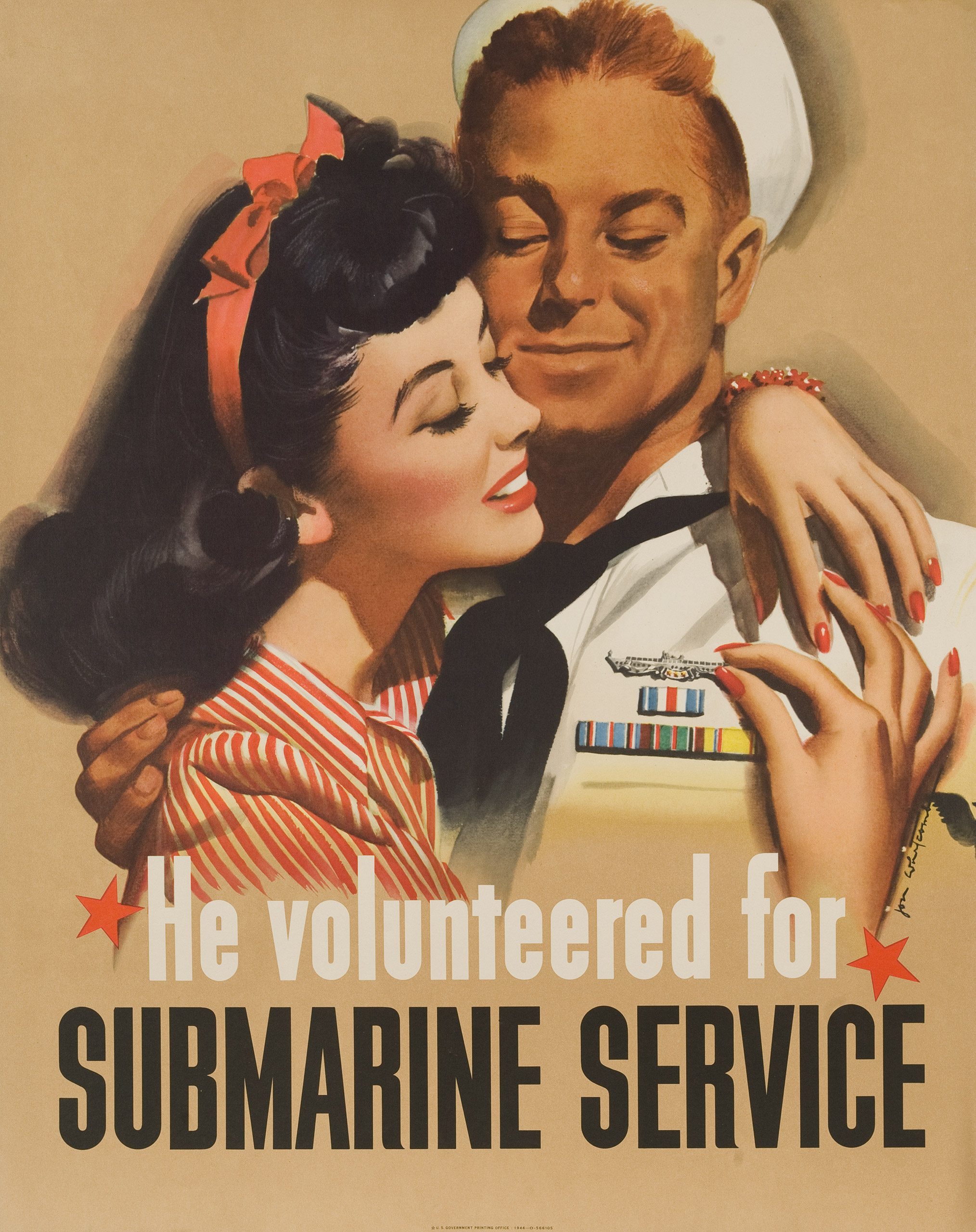
Though some wartime propaganda art has since become iconic, plenty of posters from the World War II era are rare, with few original examples having survived through the decades.
World War II Posters, a new book, brings to light some of those artifacts. The book features highlights from the more than 10,000 posters collected over the past 20 years by Delaware-based vintage poster dealer David Pollack, who started collecting these kinds of posters for fun to decorate his apartment while working as a photographer for various news outlets like TIME. (He covered student uprisings in South Korea for the magazine in the ’80s, among other topics.)
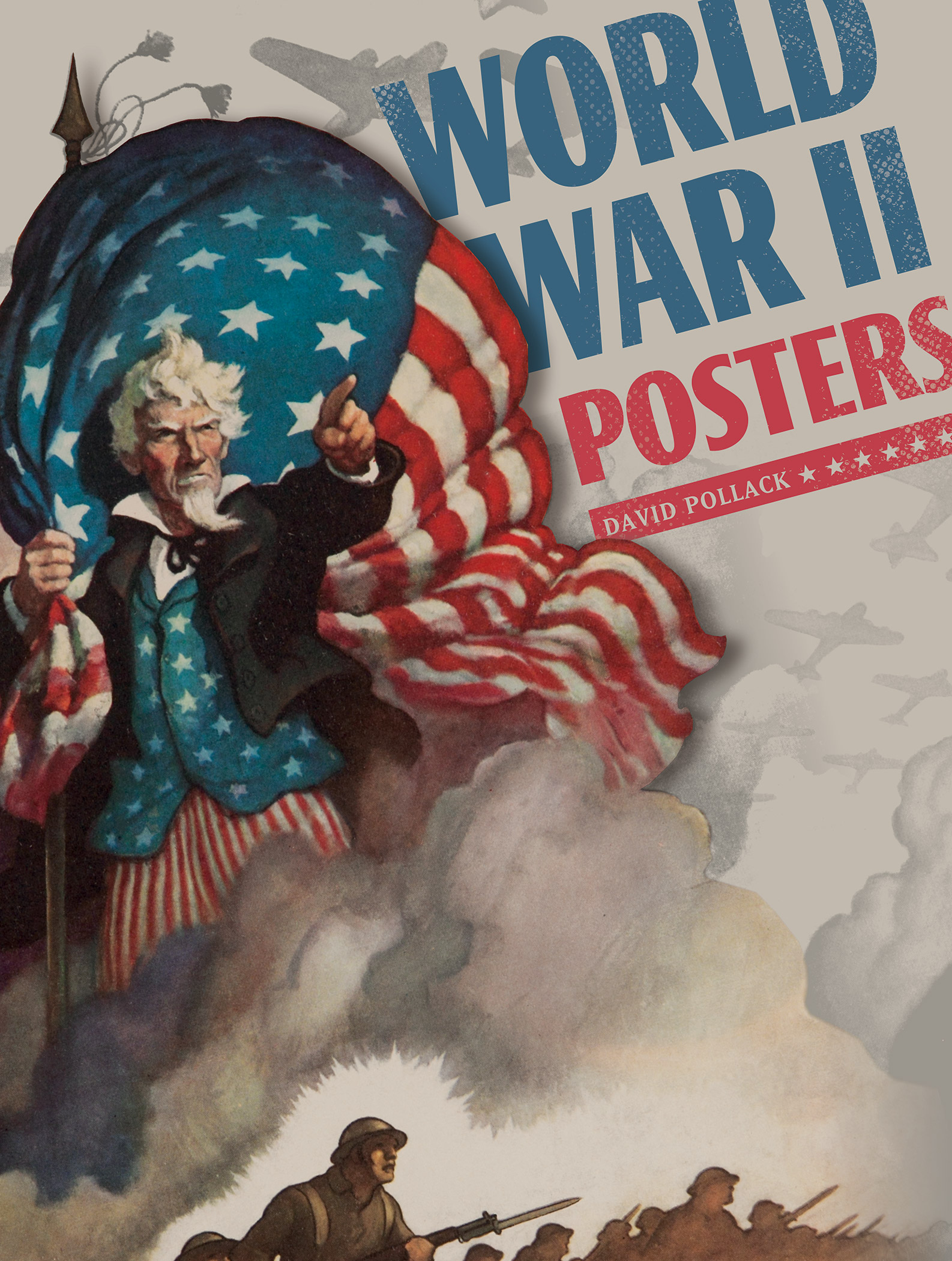
The above gallery features some of the rarest World War II posters out there, such as the one featuring Doris “Dorie” Miller. The Navy man, on the morning of the Pearl Harbor attacks of Dec. 7, 1941, helped carry his mortally wounded captain to safety, then aimed his machine gun at Japanese planes, blasting away until he ran out of ammunition. (He was played by Cuba Gooding Jr. in the 2001 feature film about the attacks on Pearl Harbor.) Another poster highlights the competition between the Army and Navy. Before the National Security Act of 1947 created the Air Force, the two branches competed for the best pilots for their respective air divisions.
And, more than 70 years after the end of the war, propaganda posters like these are more relevant than ever, Pollack argues: “Look at the Women’s March. What did you see? Posters! They’re always the most important of all of those marches. People still relate in a visceral sense to paper-printed posters.”
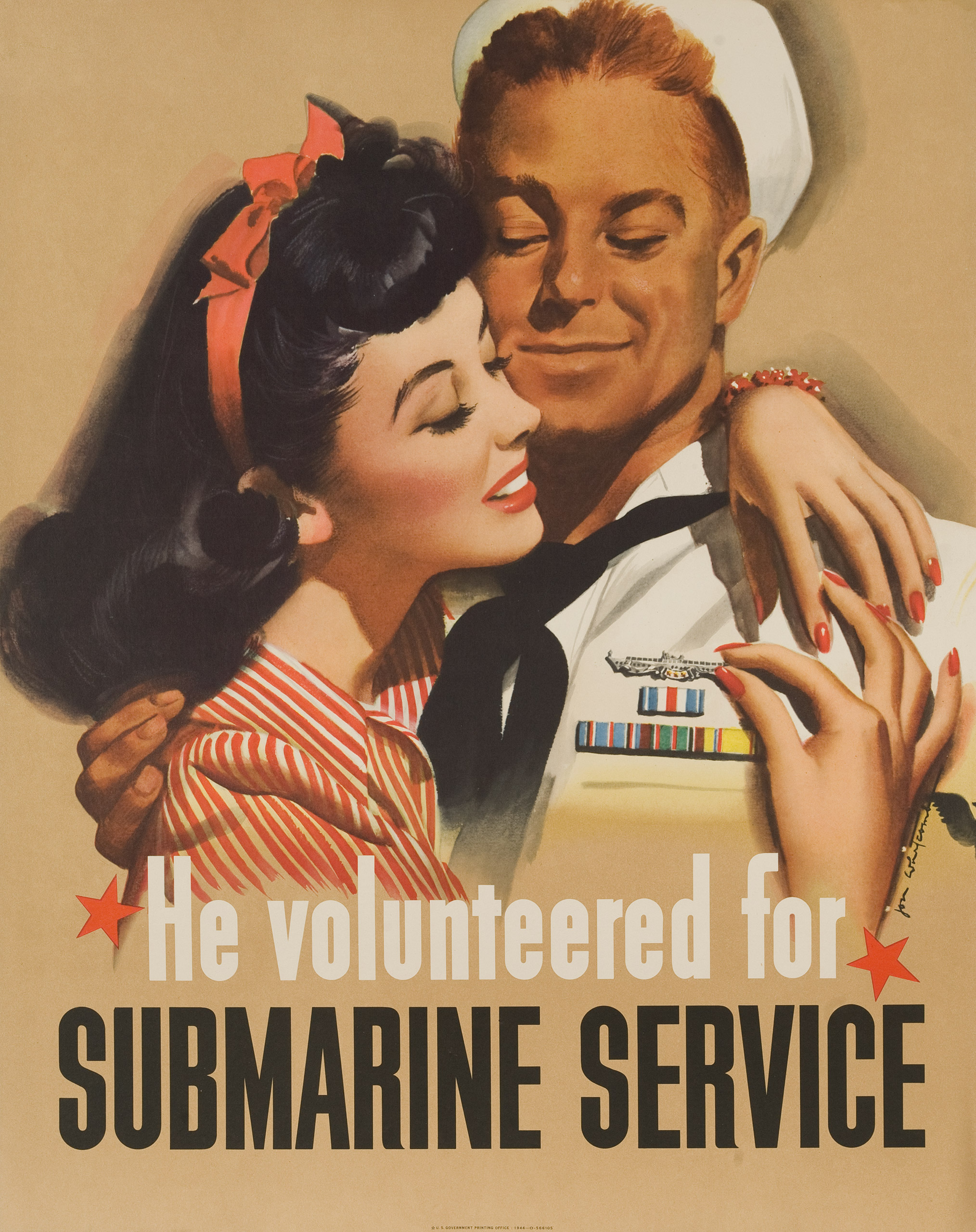
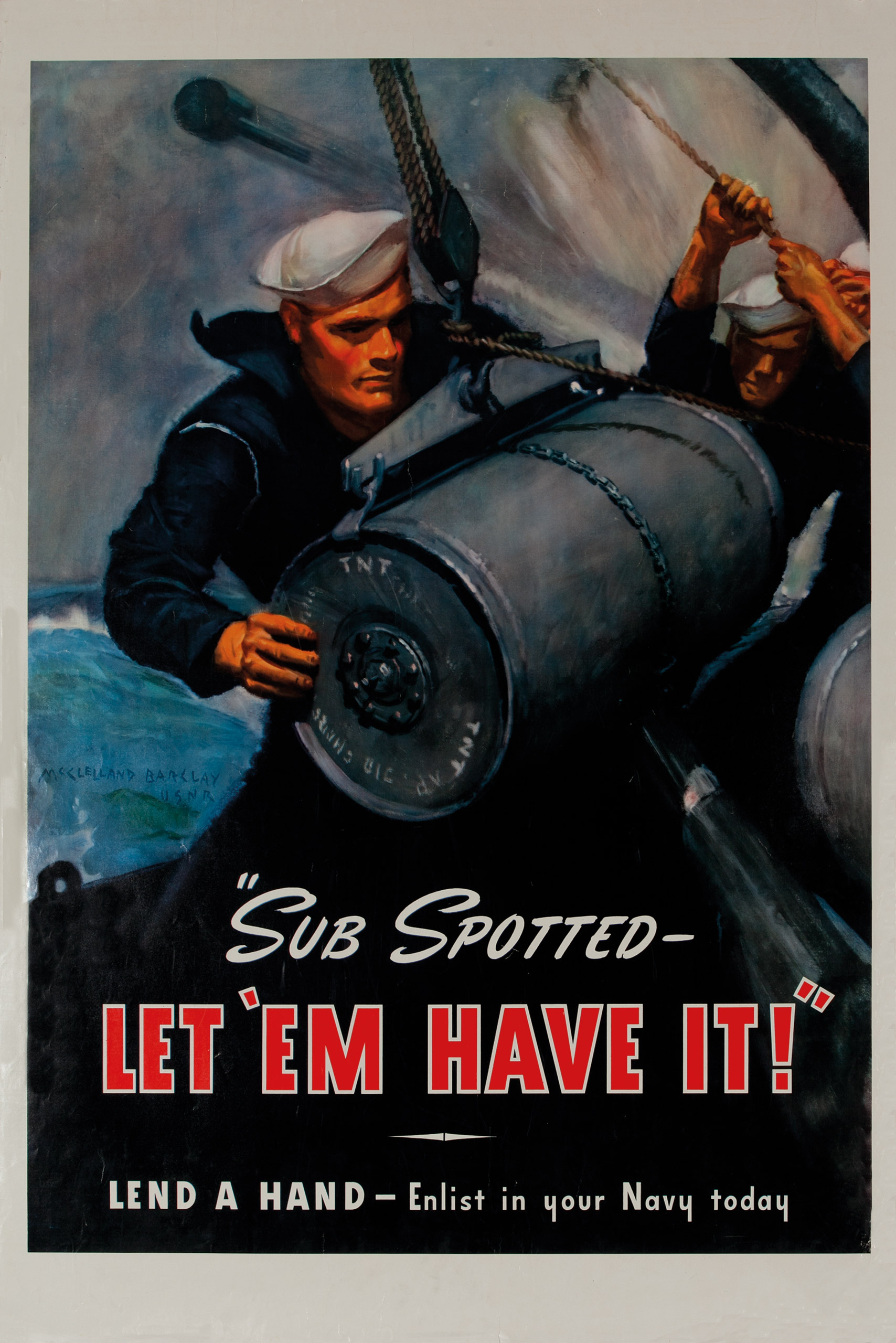
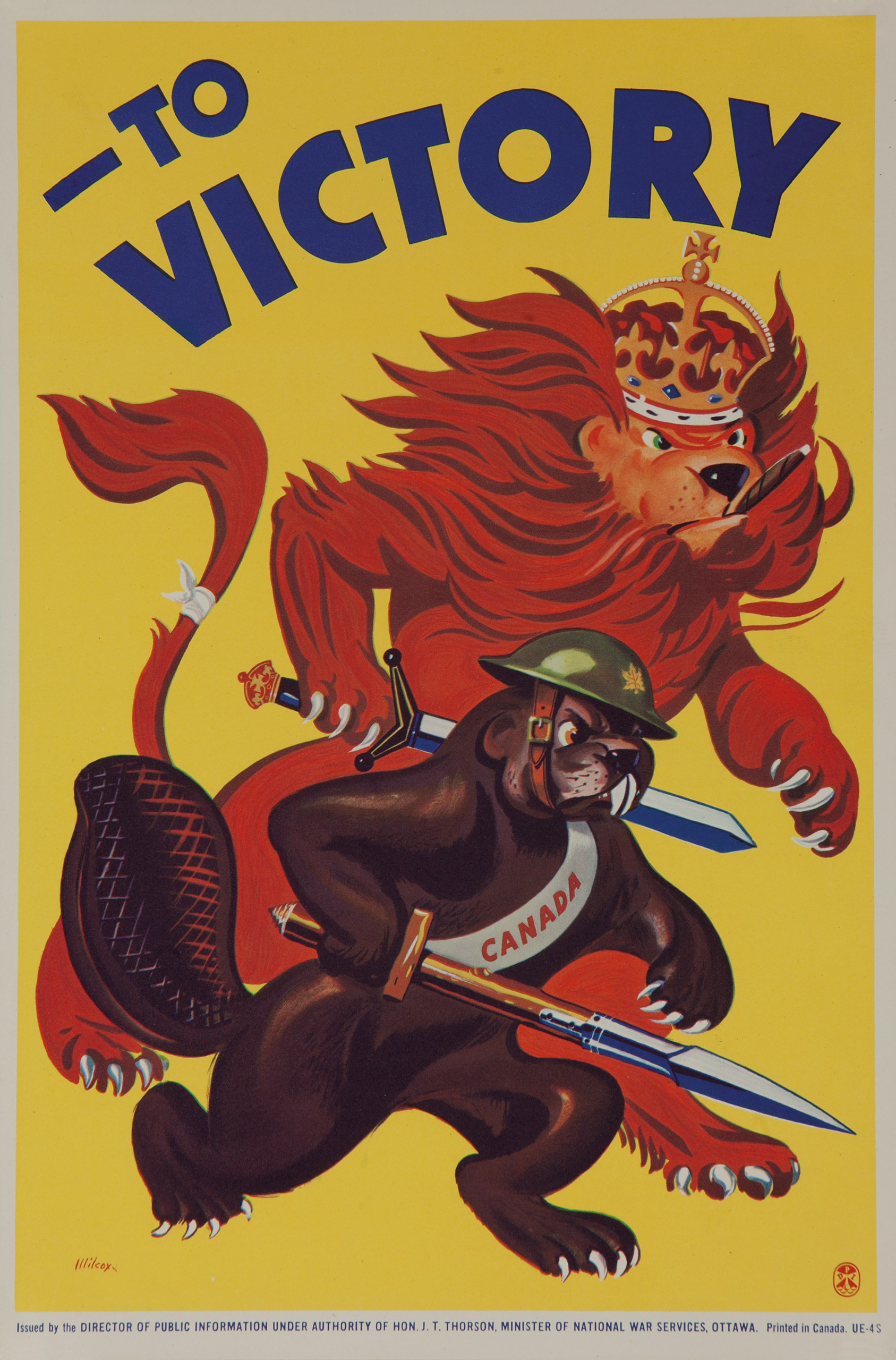
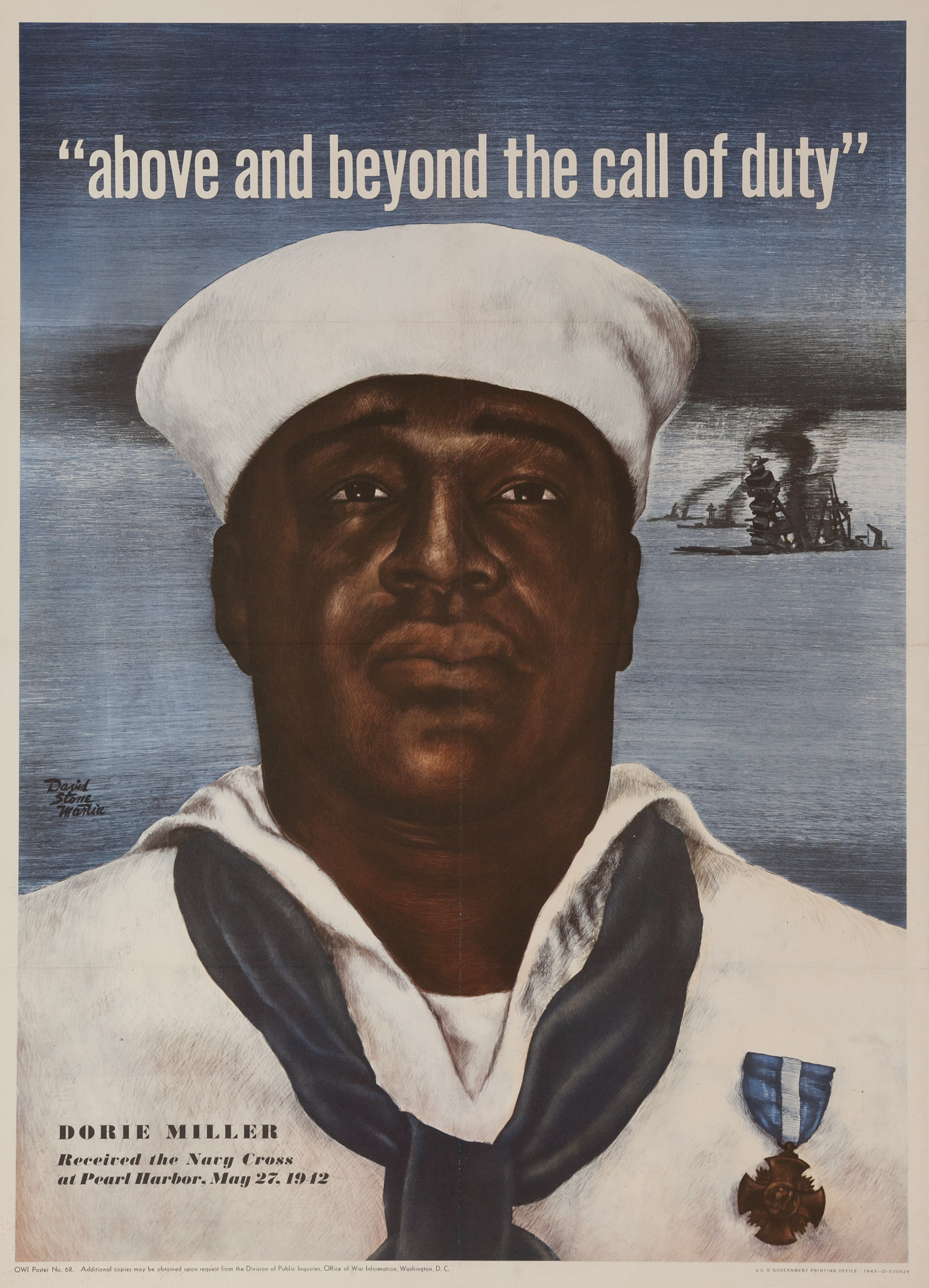

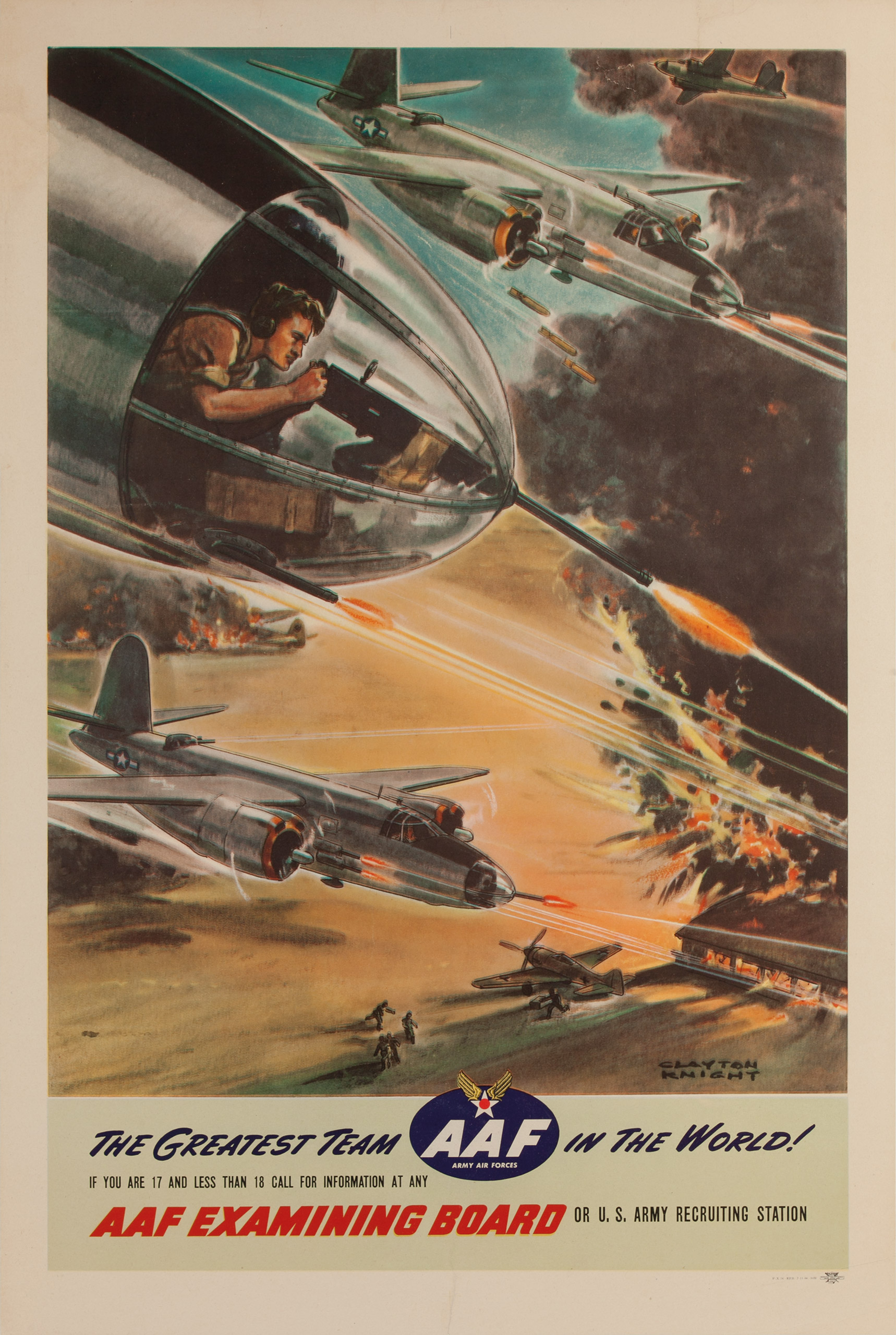
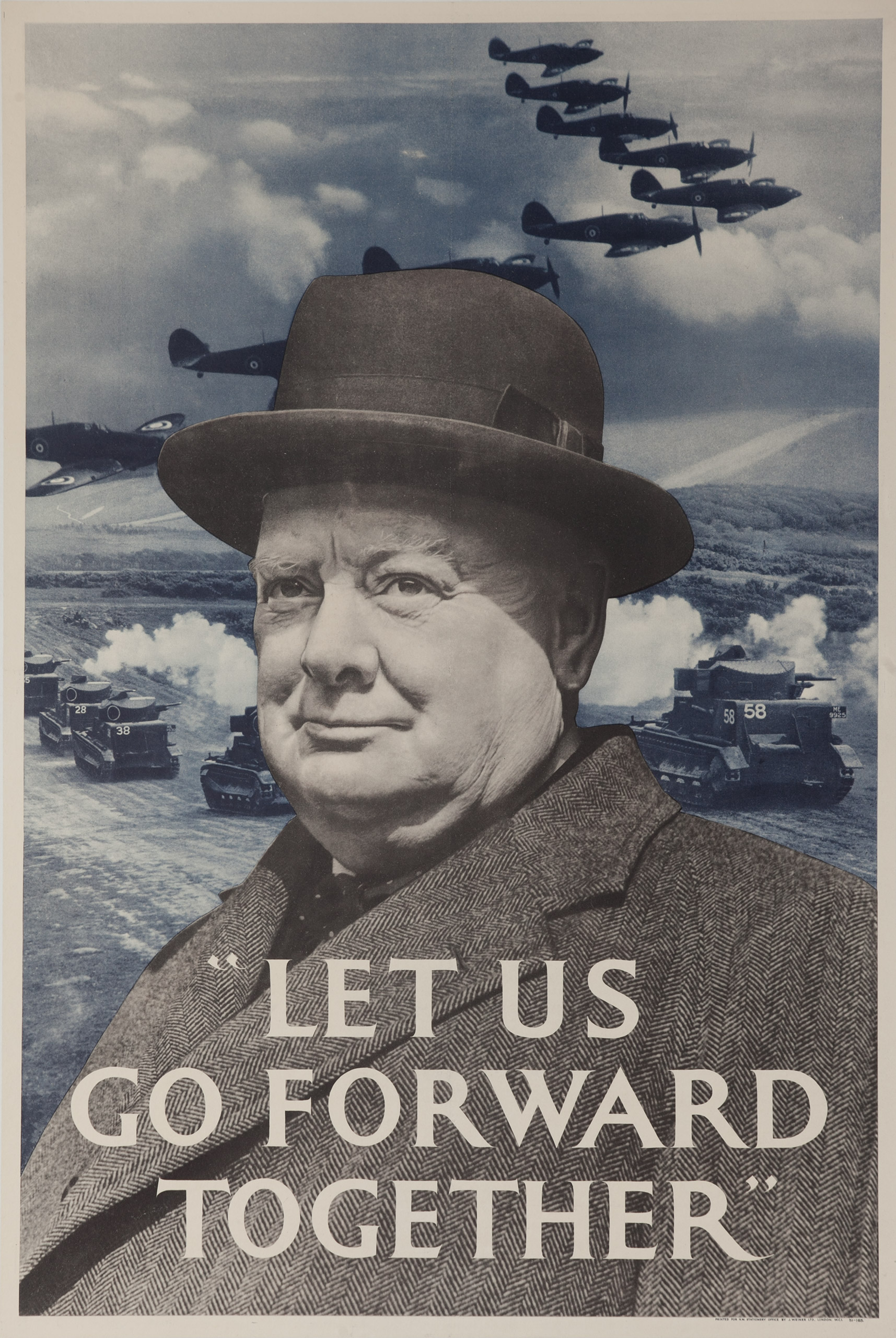
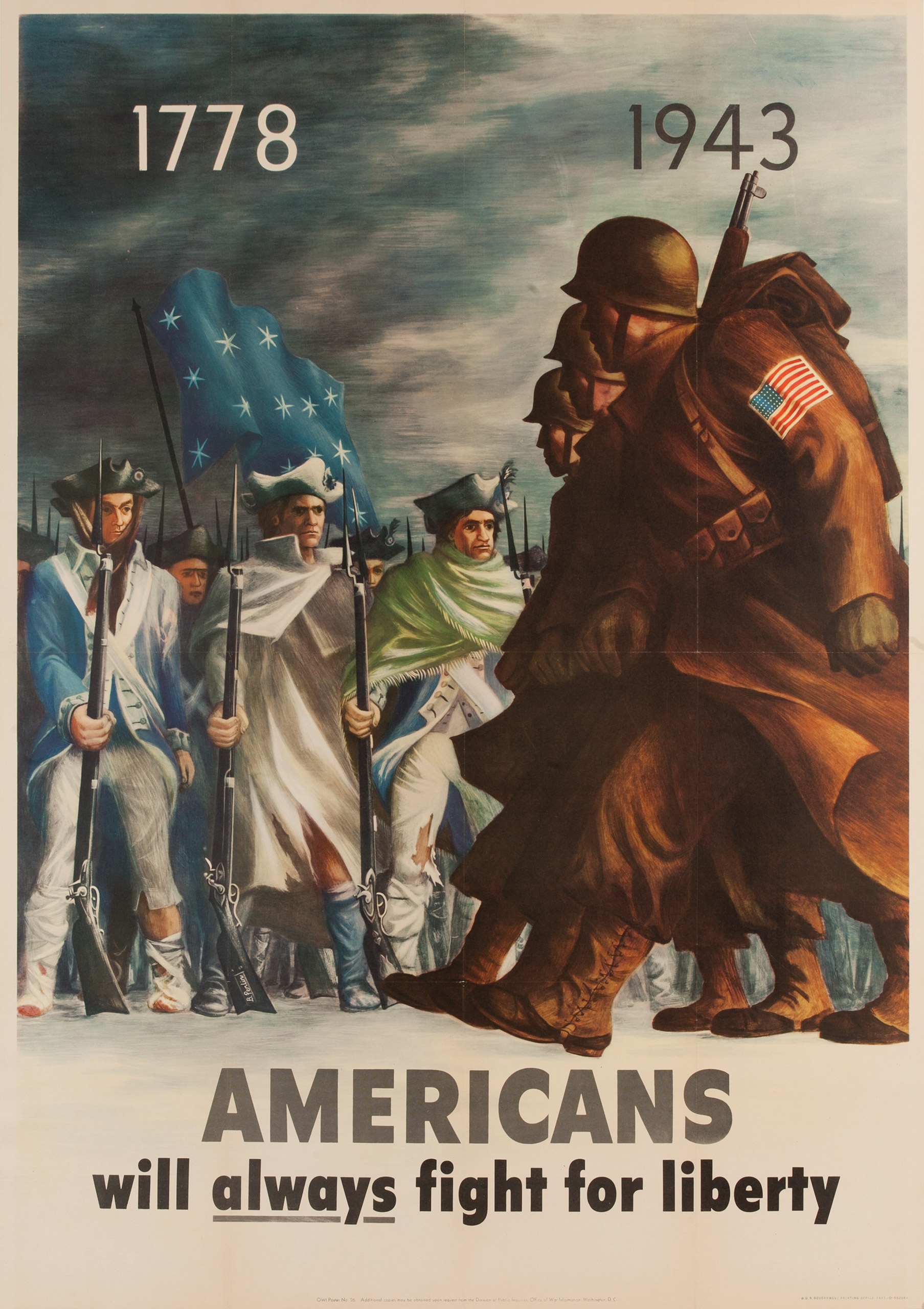
More Must-Reads From TIME
- The 100 Most Influential People of 2024
- Coco Gauff Is Playing for Herself Now
- Scenes From Pro-Palestinian Encampments Across U.S. Universities
- 6 Compliments That Land Every Time
- If You're Dating Right Now , You're Brave: Column
- The AI That Could Heal a Divided Internet
- Fallout Is a Brilliant Model for the Future of Video Game Adaptations
- Want Weekly Recs on What to Watch, Read, and More? Sign Up for Worth Your Time
Write to Olivia B. Waxman at olivia.waxman@time.com